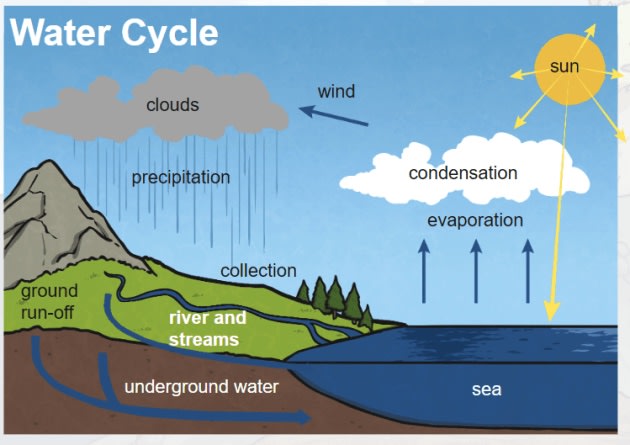
This leaves droplets of water on the glass or can. When warm air hits the cold surface, it reaches its dew point and condenses. Condensation can also produce water droplets on the outside of soda cans or glasses of cold water. That's why the ground, structures, and objects left outside are often coated with water droplets in the morning. (Dew is simply condensed water in the atmosphere.) Air temperatures can reach or fall below the dew point naturally, as they often do at night. Dew Point Dew point is the temperature at which condensation happens. Condensation happens one of two ways: Either the air is cooled to its dew point or it becomes so saturated with water vapor that it cannot hold any more water. It is the reverse action of evaporation, where liquid water becomes a vapor. Moving quickly and working with a specialist will prevent further damage to your home, so it can be a smart investment.Condensation is the process where water vapor becomes liquid. They’re trained to look for other hidden sources of moisture, like rainwater seeping into your foundation or crawl space. Hey, it’s nothing to be ashamed of! If you’ve winterized your windows, ruled out the likely causes listed here, and checked for ventilation problems, hiring a home inspector (or a mold and mildew specialist) is your best bet.
CONDENSATION MEANING PRO
Hire a pro to find the source of condensation. If you notice a musty smell or discolored spots on your wall, your home may already be playing host to fungi. An unused, sealed fireplace limits air circulation, creating the perfect opportunity for mold and mildew to move in. If it does (and the hose and duct are leak-free), your next stop should be your fireplace: Inspect the wall around your hearth for beading water. Start your detective work in the laundry room by confirming that your dryer’s vent hose runs to the outside of your home.
CONDENSATION MEANING WINDOWS
Just like water won’t collect on an empty glass, condensation won’t form on windows in a house that can’t hold humid air. Just be sure to turn the fans on, whether you’re showering or cooking up a storm! Check for other ventilation issues. Most bathrooms have an exhaust fan, and the vent on your range hood can work the same magic in your kitchen. Since the bathroom and kitchen are humidity hot spots, using an exhaust fan to send some of that excess moisture outside should help dry out indoor air. Enlist exhaust fans to ventilate excess moisture. Invest in a hygrometer to keep close tabs on the humidity level. And, if you use a humidifier at home, consider turning it off in the winter, or running it less frequently than you have in the past it may be that the air in your home isn’t so dry that this appliance needs to run constantly. Plants release moisture into the air as they grow, so move them off your windowsill during the cold season.


Start eliminating easy-to-spot sources of humidity. To get all that moisture under control, try some of the following strategies.
CONDENSATION MEANING CRACK
But if you don’t crack yours open once in a while over the winter, you could be trapping all that warm, moist air inside your house, thereby creating or exacerbating steamy problems. That’s because modern homes are more buttoned-up than ever before, and they come with energy-efficient doors and windows that greatly reduce heat loss. Those with brand-new windows or an abode built in the last decade have a little more troubleshooting to do. Even better, you’ll have warmer nights and lower energy bills. In especially old homes, adding a storm window and weatherstripping accomplishes much of what newer, higher-tech windows do at a fraction of the price. Whether or not you found a bad seal, preventing condensation on windows starts with good insulation.


 0 kommentar(er)
0 kommentar(er)
